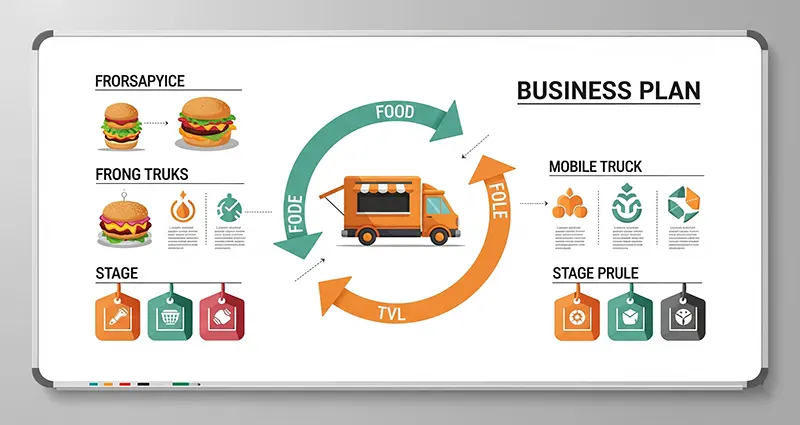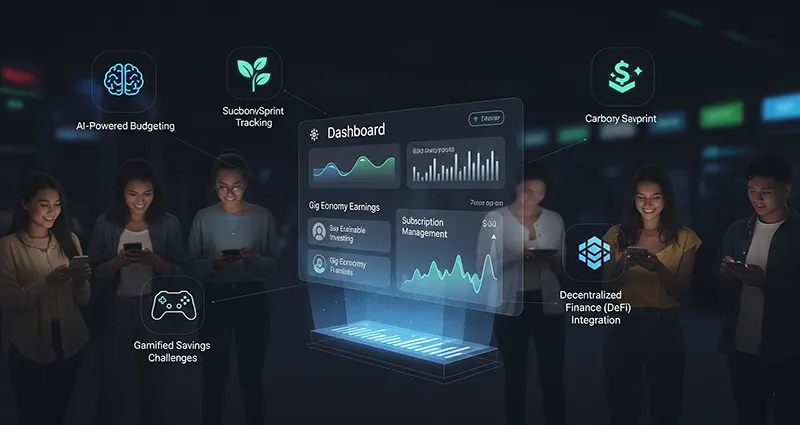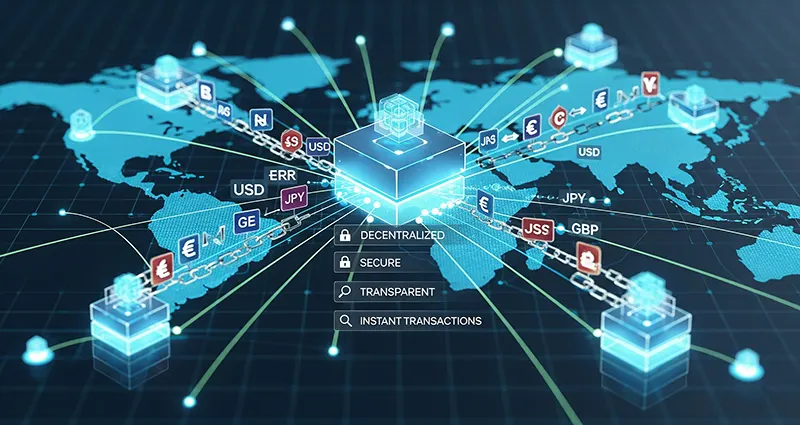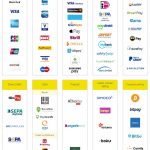A Seamless Financial Experience: How Embedded Finance is Changing the Retail and E-commerce Landscape
In the past, the journey from “add to cart” to “purchase complete” was a simple transaction. Today, that journey is evolving into a rich financial ecosystem, thanks to a quiet but powerful revolution known as embedded finance. This trend is fundamentally changing how retail and e-commerce businesses operate, allowing them to integrate financial services directly into their platforms, creating a seamless, intuitive, and hyper-personalized customer experience.
What is Embedded Finance?
At its core, embedded finance is the integration of financial services into non-financial platforms. It’s the “buy now, pay later” option at checkout on an e-commerce site, the instant business loan offer on a B2B platform, or the payment wallet built into a ride-sharing app. Instead of a customer having to leave an app or website to secure a loan, make a payment, or get insurance, the financial service is a native, frictionless part of their user journey.
For the … READ MORE ...













